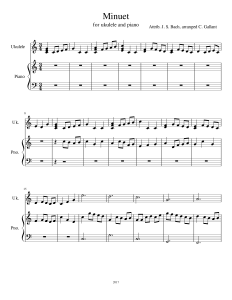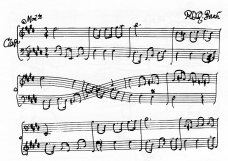Hello, dear readers, I apologize for the long absence. Thank you for still being here.
Sometimes life gets like this: you find yourself facing a series of challenging situations, one after another, that need handling Right Now. It’s exhausting. And all that handling doesn’t leave time for music, whether it’s listening to it, reading about it, or writing about it. Music went away for a while.
But music is a lot like water. Somehow water has a way of getting in, no matter what. Water wins, eventually, even when we try to keep it out. Music has a way of seeping in and finding its way to you.
One day I had coffee with a friend whose husband has a very low voice, and we had been talking about the lowest note he could sing. That night, after sinking, exhausted, into my favorite armchair, I thought of a musical phrase, and how well it would suit his voice. And then another phrase came. And then another. Eventually, I went over to my computer and started transcribing notes. I was hearing a chorus of voices together sometimes. I was also hearing separate lines. I transcribed them all, not knowing if they would clash, crash, cross over one another, or be a dissonant mess.
I pressed play. Here’s a snippet.
Stunningly, the lines mostly worked together. Technically, there are egregious errors that need to be fixed, and I should be able to address them Sometime Real Soon Now. The “voices” you hear are MuseScore’s pseudo-human choir. I need to fix the individual lines before actual humans attempt them.
And since the probability of actual humans singing this is low, I decided then to create a piano reduction. This too is MuseScore’s piano rendering, lacking the nuances that a skilled human pianist would introduce. This version is still in an evolutionary stage, and has taken some turns away from my original concept. I would describe it as complete, but not finished, that is, it sounds like a complete thought, but I expect it will undergo extreme editing before I call it done.
More blog posts soon! Promise!
I also promise to write something in a major key before the end of the year. Really.














